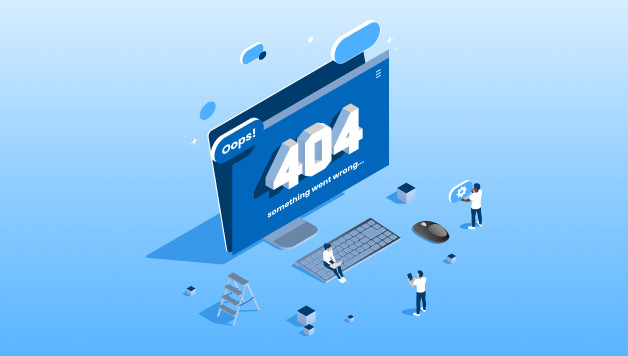Static vs Dynamic Websites: Which Idea Will Win Your Business?
Choosing the right foundation for your website is critical for performance, scalability, and long-term success. Whether you’re building a personal blog or launching a business platform, understanding the pros and cons of static vs dynamic websites is essential. If you’re exploring website ideas for project planning, this guide helps you decide which model aligns best with your business goals.
What Are Static and Dynamic Websites?
Before diving into comparisons, let’s define the basics.
Static Websites
Static websites are built using fixed HTML files. Each page is pre-designed and delivered to users exactly as stored. There’s no interaction with a server-side database once deployed.
Best For:
- Portfolio sites
- Landing pages
- Informational business pages
Dynamic Websites
Dynamic websites generate content in real-time based on user interaction or data. Built using server-side languages like PHP or Node.js, they interact with databases to display updated content.
Best For:
- E-commerce stores
- Content-heavy platforms
- Membership-based portals
Static vs Dynamic Websites: Core Differences
When evaluating static vs dynamic websites, it’s important to consider how each serves your audience and operational needs.
1. Performance and Speed
- Static websites load faster since they serve pre-rendered pages.
- Dynamic websites can be slower, depending on server response and database queries.
2. Scalability
- Static sites require more effort to scale with content changes.
- Dynamic sites scale easily through content management systems (CMS) and APIs.
3. Maintenance
- Static sites are easier to maintain if content changes are infrequent.
- Dynamic sites require ongoing backend maintenance and updates.
4. User Experience
- Dynamic websites provide interactive and personalized experiences.
- Static websites are limited to what is pre-coded into the structure.
This website types comparison makes it clear that your choice should be driven by the nature and scope of your business.
Website Development Options: Which One Should You Choose?
Both static and dynamic websites fall under the larger category of website development options. Choosing one depends on your technical needs, budget, and user expectations.
Choose a Static Website If:
- You need a simple and fast site
- Your content changes rarely
- SEO and security are high priorities
Choose a Dynamic Website If:
- You want users to interact with your site
- You’re managing lots of content
- You plan to scale your platform frequently
Web Design Services for Static and Dynamic Websites
Professional Web Design Services can guide you in making the right choice based on your project scope and future expansion plans. They help integrate design, usability, and SEO regardless of the development model.
What to Expect:
- For static websites, expect streamlined design with fast load times
- For dynamic websites, expect more flexible UI/UX design with backend integration
Real-World Examples
Static:
- A resume or portfolio site showcasing personal work
- Marketing landing pages built for PPC campaigns
- Informational websites for small businesses
Dynamic:
- Online stores with product filters and shopping carts
- News portals with daily content updates
- Social platforms with user accounts and interactions
These examples help clarify where website ideas for project development align with either a static or dynamic approach.
SEO and Security Considerations
SEO:
- Static websites typically perform better due to faster load times and simpler structure.
- Dynamic sites can also rank well with proper SEO setup and optimized performance.
Security:
- Static sites have fewer vulnerabilities, as there’s no server-side processing.
- Dynamic sites must be regularly updated to avoid security flaws from plugins or database exposure.
Conclusion
The battle between static vs dynamic websites isn’t about which is better in absolute terms—it’s about which better fits your specific needs. For businesses seeking fast, low-maintenance sites with straightforward content, static websites are ideal. Meanwhile, those requiring real-time updates, user interaction, and complex content structures should opt for dynamic websites.
As you brainstorm website ideas for project development, consider how your goals, audience, and resources align with either model. Whether you’re working with a developer or hiring full-service Web Design Services, making an informed decision will help set your business up for success.





Leave a Reply
Want to join the discussion?Feel free to contribute!